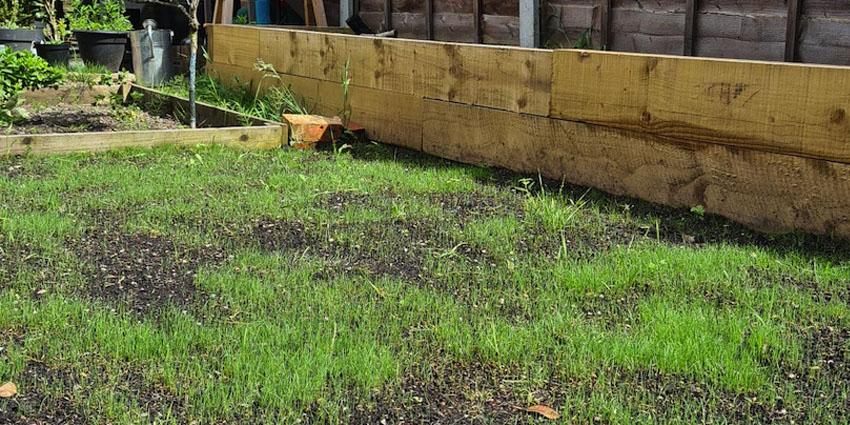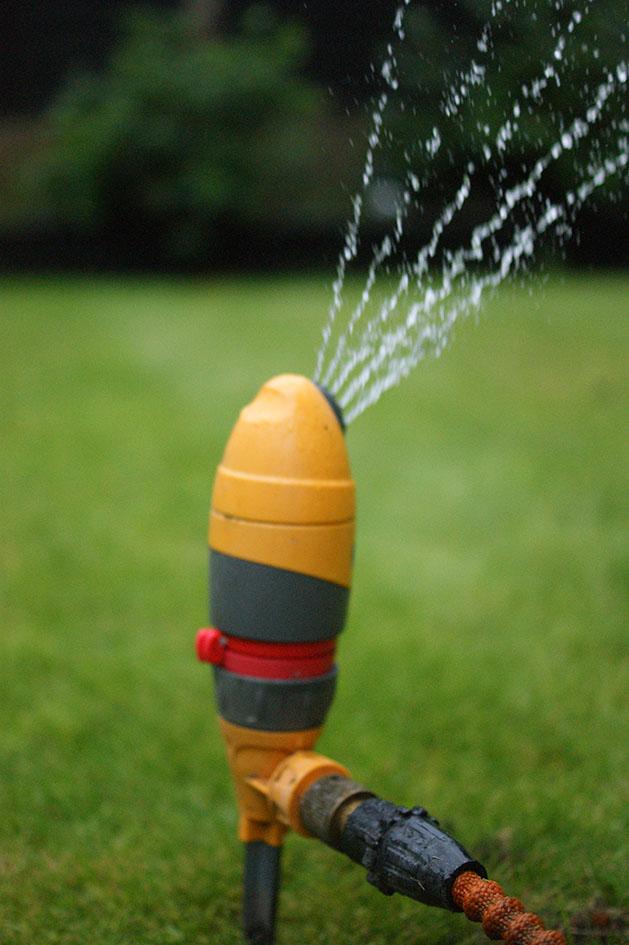
Created By
Matt Adams
Updated On
- February 29, 2024
Get FREE Exclusive Access
Keep your lawn pristine with exclusive tips, offers and insights that I only share with my private subscribers.
Latest Posts
Seeding Grass From Scratch – The EASY Way
- By Matt Adams
- February 29, 2024
Jump to
Get FREE Exclusive Access
Keep your lawn pristine with exclusive tips, offers and insights that I only share with my private subscribers.
The truth is, building a lawn from scratch can be as easy or as hard as you wish to make it.
For example, if you want it to look like golf green and have the flatness of a golf green, then it’s going to take a lot of preparation.
Alternatively, if you’re looking for a small patch of nice grass whereby the whole family can make use of it, then you may not need it to be as flat to begin with.
However, with any fresh new lawn, you’re going to want to do a few jobs that will give you the best start and create some great longevity to your new lawn.
So, in this post I’m going to take you through some simple steps to getting your soil ready. It really doesn’t matter whether you want to sow grass seed or just lay turf, most of the tasks are the same and these tips are definitely going to help.
So let’s dive in.
1. Remove old lawn/foliage + dig down
Unfortunately (or fortunately) your garden’s going to get worse before it looks better.
That’s because your first job is to clear out everything on the top layer of the soil. All the grass and all the weeds.
Then, once you’ve done that, you need to make sure there’s nothing underneath the soil. Like a layer of concrete or slabs.
Yes, you heard right. Some people have actually just placed grass over concrete instead of lifting it out of the ground. This is soo bad for drainage it’s unbelievable.
So, make sure there are no hidden slabs or bricks under the area where you want your new lawn to be.
2. Use a rotovator to till the soil
Depending on the size of the area you’re covering, it could be a good idea to buy a rotovator a.k.a tiller. Remember though, it will be impossible to rotovate the soil if you haven’t removed the old turf first.
Tilling (or rotovating) the soil will definitely make it easier to level the ground off afterwards. It will also help you to remove any surface level stones too. As another bonus, it will also help with drainage during the earlier stages of growth
3. Edge off the area
The main thing here is that you don’t need to have the perfect edging before you sow the seed.
Don’t get me wrong, you may wish to create the perfect lawn edge from the off and that’s fine. Like with stone or some sort of edging strip.
Then again, if you’re keen to get your lawn going, you may not want to waste too much time deciding doing how you want the finished edge to look. So, you could just lay some red bricks down or any other types of brick that you have lying around the garden.
The main thing to remember here is that if you start with an imperfect edge, you’ll want to go slightly wider to begin with. That way you can trim it off with an edging tool later on.
4. Level out the ground for your new lawn
This is one of the most important parts of creating a new lawn from scratch. Then again, it’s also the one area that you can spend as much or as little tie as you wish.
In my article ‘How to level out a lawn’, I talk about shifting soil to make the ground more level. That’s a tough job and may not be something you want to do.
Some people want their soil bed to be SUPER smooth before creating their lawn – golf green style. Remember though, seed will still grow in a slightly uneven soil bed. So you could just apply layers of sand after the grass has grown to help level it out.
5. Apply pre seed fertiliser
One of the biggest challenges with building a new lawn from scratch is getting the right nutrients into the soil from the off. Mainly because old soil has usually been seeped of all it’s goodness and there’s rarely anything left that can help the lawn to grow.
That’s why I always recommend applying a pre seed fertiliser when sowing grass seed at a ‘from scratch’ application rate.
One of the biggest mis-conceptions of pre seed fertiliser is that there needs to be a certain amount of time between applying the fertiliser and applying sowing the grass seed. Actually, our pre seed fert is just like any other professional lawn feed. Meaning it can either be applied before, during or even after the seed has been sowed.
Though there are 2 key things to remember
- There won’t be many nutrients in the soil until the fertiliser has been applied and watered in – it’s why my general recommendation is to do the fertiliser first then the grass seed
- If you apply our pre seed fertiliser, don’t feed the soil with another granular until at least 8 weeks afterwards. That’s because it contains pro-grade slow release nitrogen which feeds the soil for the whole of this time.
6. Sow grass seed at a rate of 40g per metre square
There are a few different types of seed, so choose the best grass seed type that suits your needs
When you’re sowing grass seed from scratch, there’s a slightly higher application rate than when you’re simply doing an overseed. You’ll need to seed at a rate of 40 grams per m2.
Applying at this rate will mean you have a much better chance of achieving coverage right across the soil with very few bare patches.
Some companies suggest sowing seed at a rate of 50m2 but I’ve personally tested with many different seed varieties and can honestly say that 40g is more than enough to begin with.
7. Keep the birds off
I’ve written a full article that contains lots of ways to stop birds eating your seed. My personal favourite is hanging CDs or shiny foil on string across the lawn in intervals.
Whichever method you choose for keeping birds off, just make sure you’re not impeding any light or water getting to the new seed bed.
8. Water it or let the rain keep it watered
If you are too impattient to wait for the rain and decide sow when the weather is dry, it’s not a problem. It just means that you’ll need to get the hosepipe out and keep it watered yourself.
Don’t get me wrong, grass seed is hardy and will survive but it will definitely take longer to germinate if the soil isn’t kept at least moist during the first couple of weeks.
So, here’s what I’d suggest if there’s no rain forecast.
Run the sprinkler for approximately 5-10 minutes twice per day. The first one can be done any time really, then make sure the last one is done last thing in the evening. That’s because the cool of the night will help the soil to retain the moisture for much longer and possibly even create some dew on the ground the following morning.

9. Enjoy your new playing field
Now it’s time to sit back and relax.
But not for long.
You need to feed your lawn a minimum of 4 times per year. Once every season. Doing so means it will stay strong, easily out-compete weeds and therefore feel great beneath your feet all year round.
